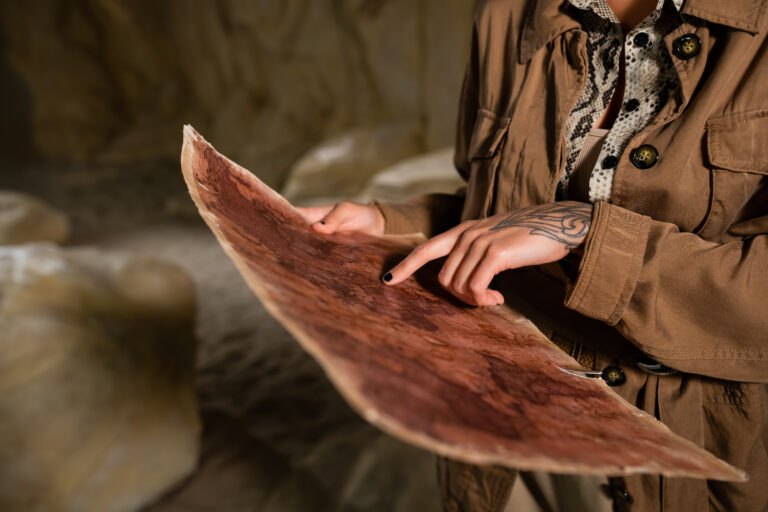African Furniture Styles & Designs
African Furniture
The use of furniture is a big part of the beautiful culture of the African people.
The African styles consist of how Her people choose to express themselves through wood and other materials.
As you can imagine, with vast richness of the African culture, it would be hard to try and list all the types of African furniture.
However, we will try and dive into a few well-known designs.
Tribal designs
Every African furniture makers make furniture inspired by their tribes and culture.
This shows how close Africa culture is fused with its furniture.
Each tribe will carve and make their furniture from unique and specific trees and other raw materials that they are surrounded by.
This is how you will notice the vast differences in not just styles but also the colours of their local furniture.
Symbols have always meant a lot in Africa, and this is another thing that is unique to individual tribes.
Thus, these symbols are another aspect which can be seen in the designs of furniture.
Furniture and symbols in early Africa tradition
In early Europe and Africa, Thrones of kings stood for power and status. Also, in early African societies, stools and chairs were the only pieces of furniture.
And they stood for social status and cliché more than for comfort.
It was an offence to sit on a person’s stool even if the owner was dead. To sit on another person’s stool was to contaminate their spirit.
Tables were unpopular in most African homes. Ancient Egyptians were already using modern furniture. Tables in Africa were for burial rites, sacrifices, festivals, etc. The tables are made of wood and other materials like stone and clay.
Furniture making in Africa
Furniture was not common in early Africa, it wasn’t a necessity. And yet many African tribes were famous for their wood-carving art.
Wood carving in Africa was more of carving/chipping wood. There was little of cutting and joining them in lumbers. And that is why people refer to early furniture making in Africa as wood-carving.
Other examples of furniture in Africa were the wooden headrests; early Africans used them for pillows. These headrests prevented a person from ruining their hair-dos, or facials while sleeping.
Furniture was not for sale in early Africa, they were ‘trophies’ for the rich. This was because wood/timber was not common in Africa. Africans would instead use them as fuels and building.
Examples of furniture styles in Africa are;
• Bamileke stools:
They are (in make) made from a whole continuous piece of wood. Though they have to chip/cut them smoothly and carefully. The log is first soaked in water to make it more ‘malleable’ and workable. The wood is then carved to skillfully represent an earth spider (wisdom).
• Senufo stools
These woods carved materials are the works of the Senufo tribes.
The Senufo people are in Ivory Coast, Mali, and Burkina Faso. The wood-carvers sculpt from whole pieces of wood.
Then they design them with low with ‘concave shape’ tops and thick stock legs. Their elegance is in their minimalist and sculpted looks.
• Malawi Chairs
Malawi armchairs are hand-woven by local artisans with rattan strips. They beat, twist, and secure these strips in knots. The armchairs have beautiful hard patterns along the sides of the chair. They have curved backs that ensure maximum comfort.
These chairs are beautiful and appealing. And they are suitable for ‘special’ chairs, fancy dining chairs/bedroom chairs.
• West African weaved chairs
This part of the continent is always foremost in their craftwork.
These chairs are popular in Senegal, Gambia, and Guinea.
The primary raw materials are recycled plastic strips and scrap metal frames.
The plastics give them a kind of colourful and fancy appearance.
It makes them super cool for kids and as lounge chairs.
• Yoruba Armchairs
The use of beads and fabrics is a popular craft of the Yoruba culture.
Armchairs from this tribe are beaded heavily. They are also decorated with fancy fabrics.
The amounts of ‘beading’ on the chairs represent affluence/authority/strength. They are superb and colourful to look at. Also, they serve as good bedroom furniture or a sweet African piece.
African Brands/entrepreneurs at the forefront of Furniture-making
Lots of brands within and outside of Africa are doing a lot to promote the art of Africa furniture. Some entrepreneurs fuse old and modern designs. And others just try out ancient carvings/sculpting with modern materials.
• Hamed Ouattara
Ouattara is the founder of Outtara furniture. He makes unique furniture designs with a fusion of wood and metal scraps. His works feature in the biggest and most popular exhibitions in the world.
He seeks the best way to upcycle scrap metals. And then transforms them into beautiful works of art.
• Peter Mabeo
Peter Mabeo founded this Botswana furniture-maker in 2006. He was making local, unique, and hand-crafted furniture. The Mabeo brand is about infusing artistry and values in furniture. Mabeo works with local artists like L. Nichetto, P. Johnson, and co.
• Yinka into the latest is a seasoned furniture entrepreneur. He promotes the “verbal traditions” of Nigeria into the latest designs. Yinka concerns himself with the developing problem of plastic wastes. And he converts old objects into exciting furniture pieces.
• Jomo Tariku
His popular designs are fusions of the various Furniture cultures. These designs are common to tribes of Kenya and Ethiopia.
He builds impressive furniture pieces like the Nyala chair. He featured in the 2017 International Contemporary Furniture Fair (ICFF), and many popular magazines.
Some interesting African furniture pieces are the;
Nyala chairs
This carved mahogany chair has an intriguing and imposing design. It was inspired by antelopes in the Bale Mountains of East Africa.
The Djembe side table
This is a unique and attractive furniture piece.
It is inspired by the Djembe drum peculiar to Western Africa.
It is carved from locally sourced wood offcuts in Ghana. It was built by Jomo Tariku.
The Ndebele Woven Pendant Lighting
This is an attractive piece of wax designed Birchwood.
It gets inspiration from a piece of African jewellery.
This piece is worn by the Ndebele women of Southern Africa. It was designed by the illustrious Candice Lawrence.
Final words
The slow-pace of furniture growth in Africa is a result of prolonged neglect in the industry.
A large number of furniture makers are un-skilled.
However, there are still lots of potential and growth in the furniture market.
The vast number of wood forests will boost the industry.
Suitable investments and awareness will also do a lot to improve the industry.
Also, investing in training institutes can help to entice her many youths to furniture.
With all this said, there is still some fantastic furniture piece as mentioned above.
We will keep you posted with more information about the wonderful world of African furniture!

